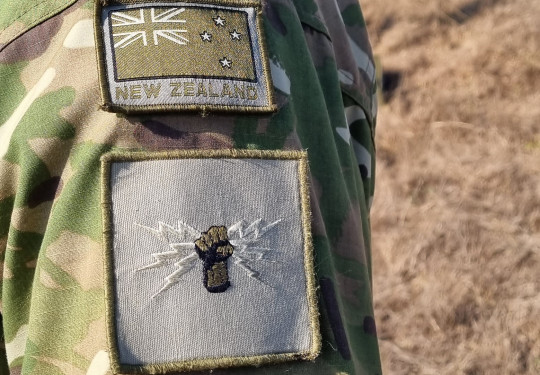RNZAF communications and information systems technicians in the field
Royal New Zealand Air Force (RNZAF) Communications and Information Systems (CIS) technicians were rotated through a deployed radar camp in a remote location in the Northern Territory during Exercise Pitch Black 2022.
07 September, 2022
This year’s exercise saw 17 countries, 2,500 people and over 100 aircraft working together to achieve joint air power effectiveness.
CIS technicians are responsible for interconnecting and supporting military air elements with the use of information and communication technology (ICT). In a deployed environment, the primary role of CIS technicians is to provide a link back to the networks in New Zealand as well as Air Ground Air communication with various aircraft. This involves setting up and operating radio circuits, satellite dishes, and deployable nodes.
CPL Sajan Gautam is a CIS technician who participated in the exercise.
“Our time on Exercise Pitch Black has seen us embedded within the 1 Combat Communications Support (1CCS) unit here. We’ve provided High Frequency (HF) communications subject matter expertise and advice because the team here haven’t used HF communications for a long time. Our work here has allowed them to increase capability in HF providing redundancy, in the event that satellite and other communication capabilities are down.
“We have three different HF antennas set up here, and we use different antenna designs to best suit our objectives. Some antenna are good for point-to-point communications and others are good for talking to aircraft. It’s vital to understand how different antennas propagate radio waves, as it allows us to decide the best antenna for the job. Other factors come into play such as, frequency, distance, and the time of day. These are some of the skills that CIS technicians learn and are essential for conducting effective HF communications.
“Exercise Pitch Black provided opportunities for us to see how other countries are scaling their systems for their needs and how they differ to the needs of the NZDF. It’s been interesting to see how other countries set up their systems as well - some countries are very mobile and their systems are scalable, while others are very static orientated.
“My favourite part of this exercise has been the field phase, as it closely relates to our work and mission objectives within the CIS trade.”
